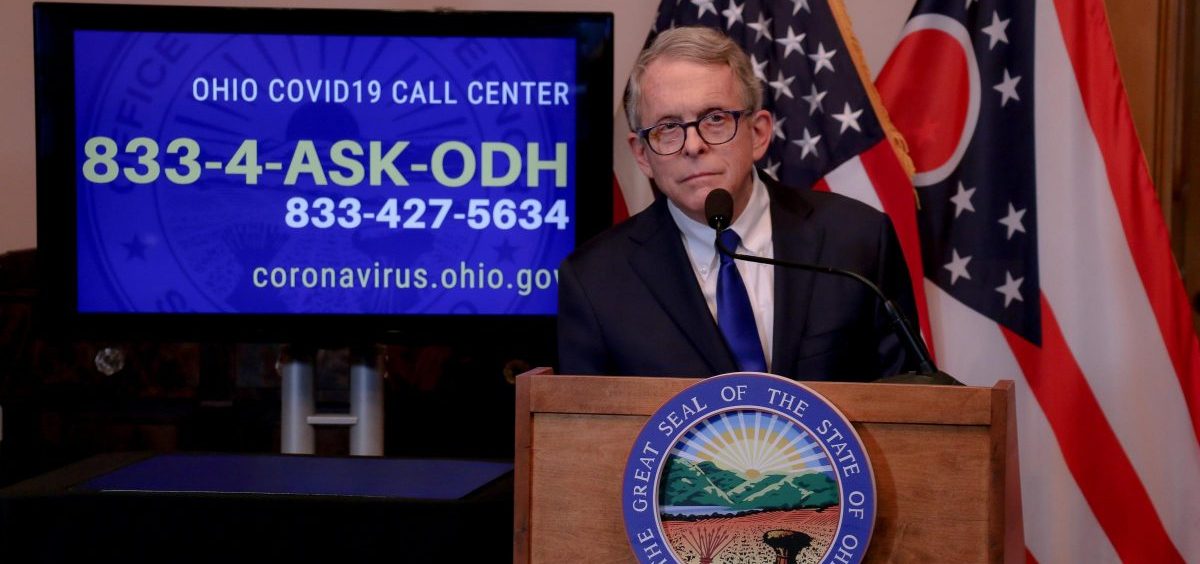News

Ohio National Guard Deploys to Test Nursing Home, Congregate Care Staff and Residents for COVID-19
By: Jess Mador | WYSO
Posted on:
COLUMBUS, Ohio (Statehouse News Bureau) — The Ohio National Guard will deploy across the state beginning this week to help expand COVID-19 testing at Ohio’s 960 nursing homes. Gov. Mike DeWine announced the effort during his regular coronavirus briefing.
Guard members would work as part of more than a dozen so-called Congregate Care Unified Response teams under the direction of physicians and state and local public health officials, who would identify COVID-19 infection hotspots and determine who at each nursing home should receive priority for swabbing and testing.
Under the same plan, the guard would also assist with the testing of residents and staff at the state’s eight residential developmental centers.
Testing will be prioritized at nursing-home facilities with an existing or previously known exposure to the virus, officials say.
As testing capacity increases, DeWine says the goal is for all nursing home staff to be tested. Medical experts would assess each resident to determine which patients should be tested and when, with priority going to residents who have likely been exposed to COVID-19.
DeWine says it makes sense to begin by testing all workers first since they typically come and go from facilities each day, potentially fueling the spread of the virus among patients.
“And so my only order to our team has been to deploy the resources we have as quickly as we have and to focus on the goal of saving the most lives that we can. And so this is clinically driven. This is medically driven. Clinicians will be making these assessment decisions. The guard will come in and then take the test appropriately based upon those instructions,” the governor says.
Nursing homes account for nearly two-thirds of confirmed coronavirus deaths in Ohio, with at least 200 nursing homes having a confirmed history of COVID-19.
Overall, state health numbers show the number of confirmed cases hovers at nearly 31,000, with the number of confirmed deaths at 1,803. The median age for confirmed cases is 49 years old. And 17 percent of all cases result in hospitalization, with 4 percent of patients ending up in the ICU.
Department of Health Director Amy Acton says case numbers remain at a plateau. The most recent data indicate each infected person now infects one new person, a rate down by more than half at the beginning of the state’s outbreak.
Confirmed case data lags by around two weeks.
“The spread of one person to one person is our goal. We’re still below that, although we do see a very slight uptick. This is something we’ll be watching closely,” Acton says, as Ohio’s economy continues to open up.
Even as testing capacity rises, DeWine says the state continues to struggle with a shortage of some machines, swabs and chemical reagents needed to process biological samples. Still, he says private and hospital testing, and contract tracing are also going up at private companies, hospitals and other far-flung organizations.
Visitation remains off limits at nursing homes. Officials say continuing to slow community spread, ramping up testing, contract tracing and patient medical assessments are critical factors in determining when to again permit family members to visit their loved ones in person.

